
what you'll learn...
Overview
Finding perimeter and area of simple figures (squares, rectangle, triangle, polygon) are revised without much discussion.
perimeter
The word "perimeter" means: measure around a shape. Perimeter is from the Greek root words peri (around) and meter (measure).
Length is the distance-span between two points.
Perimeter :
Perimeter of a figure is the length of the line or curve forming the boundary of the figure.
Perimeter of square
Perimeter of rectangle
Perimeter of triangle
Perimeter of polygon
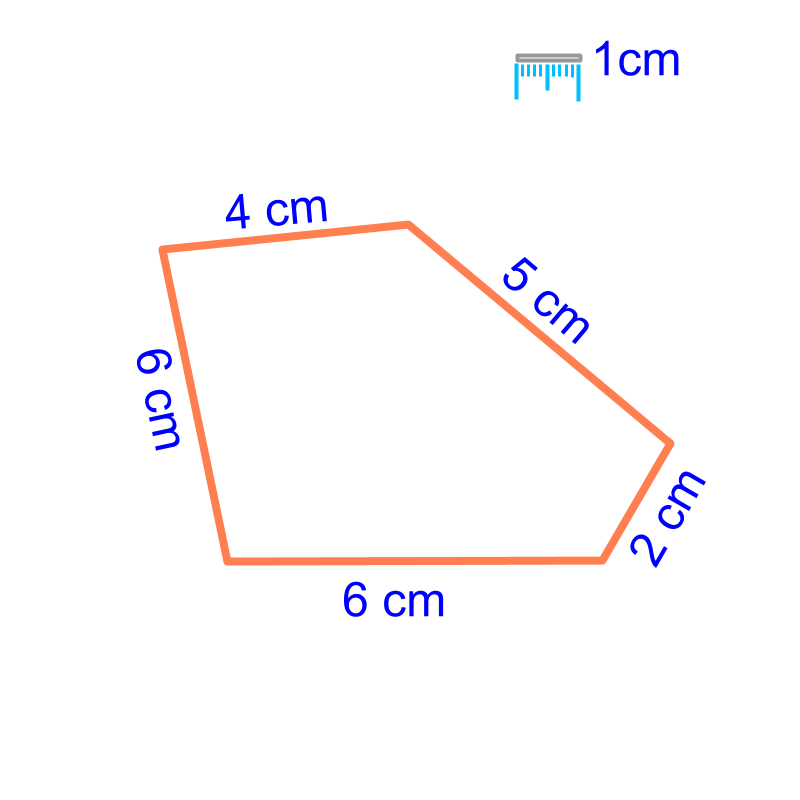
area
Area of a figure is the "surface-span within a closed shape".
Area of a Square and a Rectangle :
Area of square
Area of rectangle
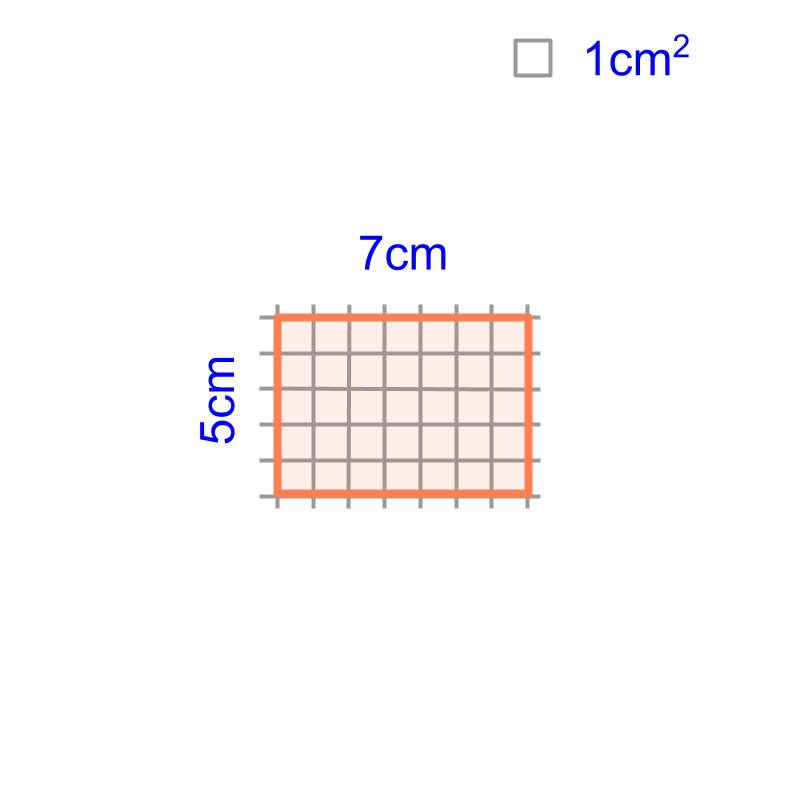
Area of a Triangle:
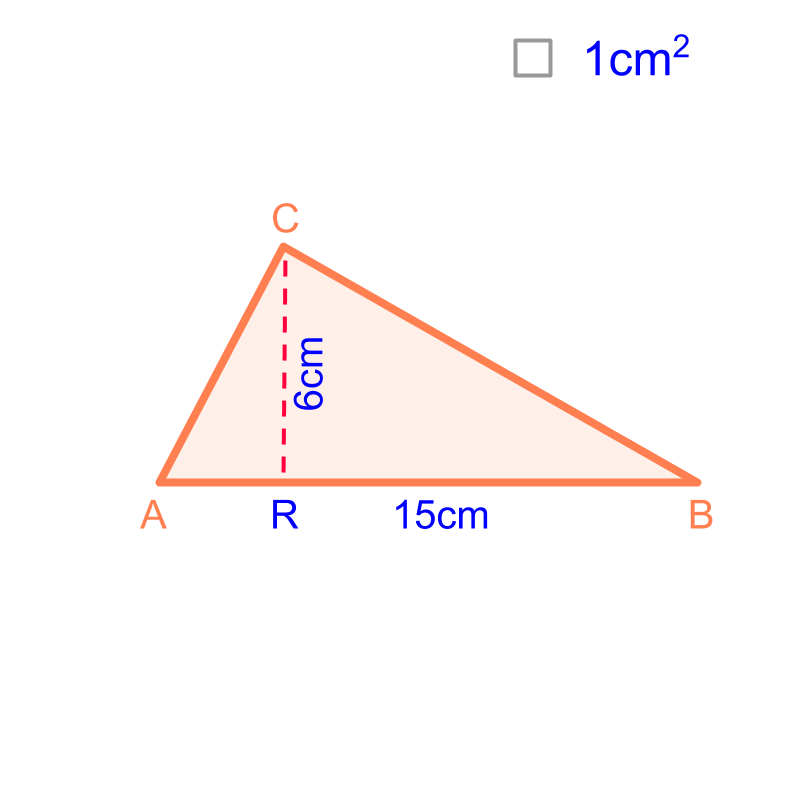
Area of a Polygon : Consider a polygon to be combination of known geometrical forms, mostly triangles.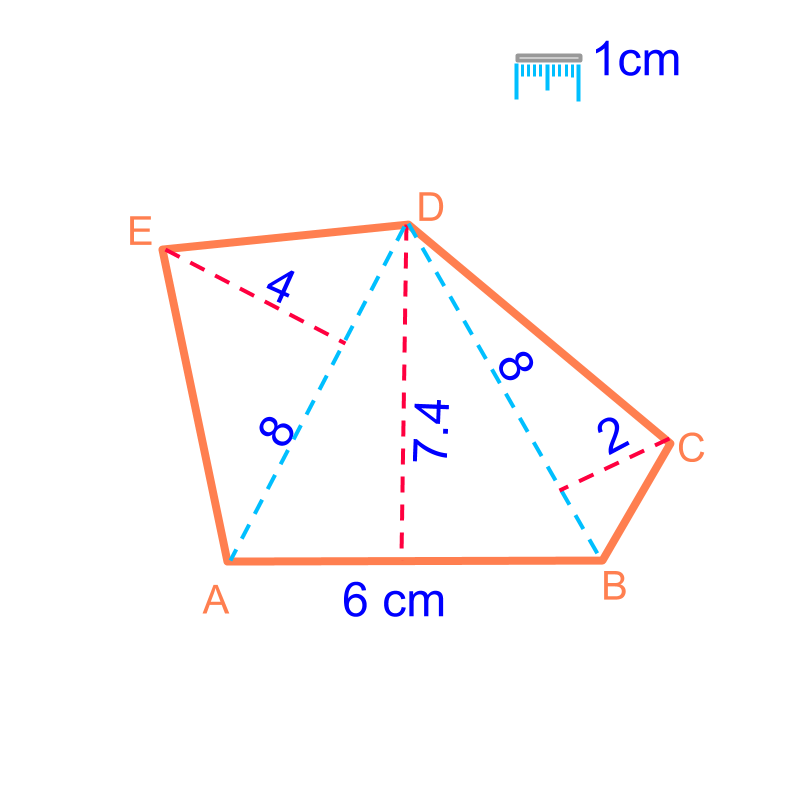 The geometrical forms and the formula for area are:
The geometrical forms and the formula for area are:
Area of a triangle
Area of a trapezium
Area of a parallelogram
Area of a kite
Area of Some Quadrilaterals : Consider the polygon shapes as combination of triangles and find sum of area of the triangles.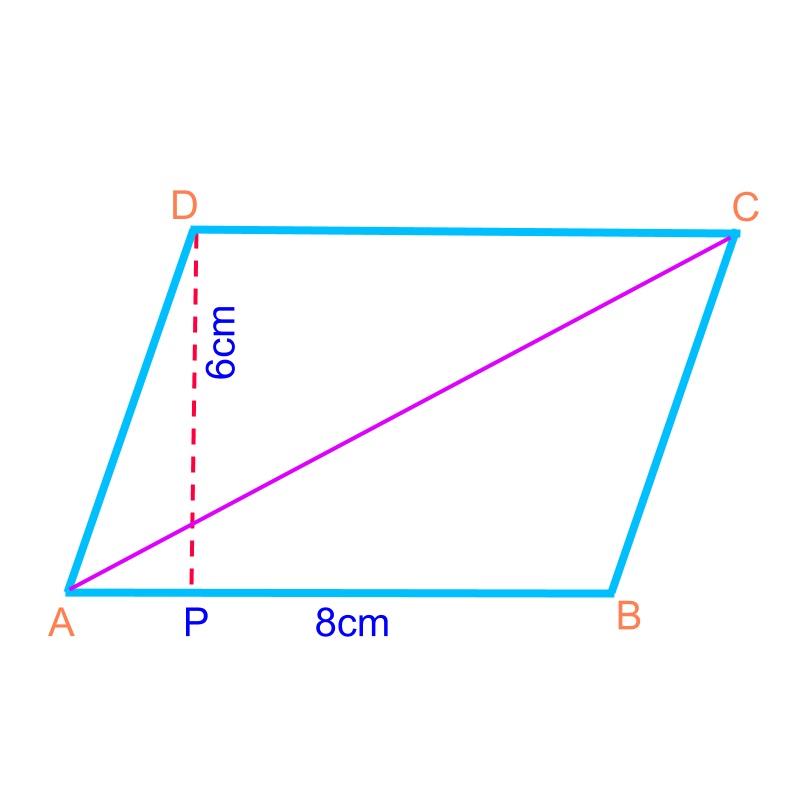
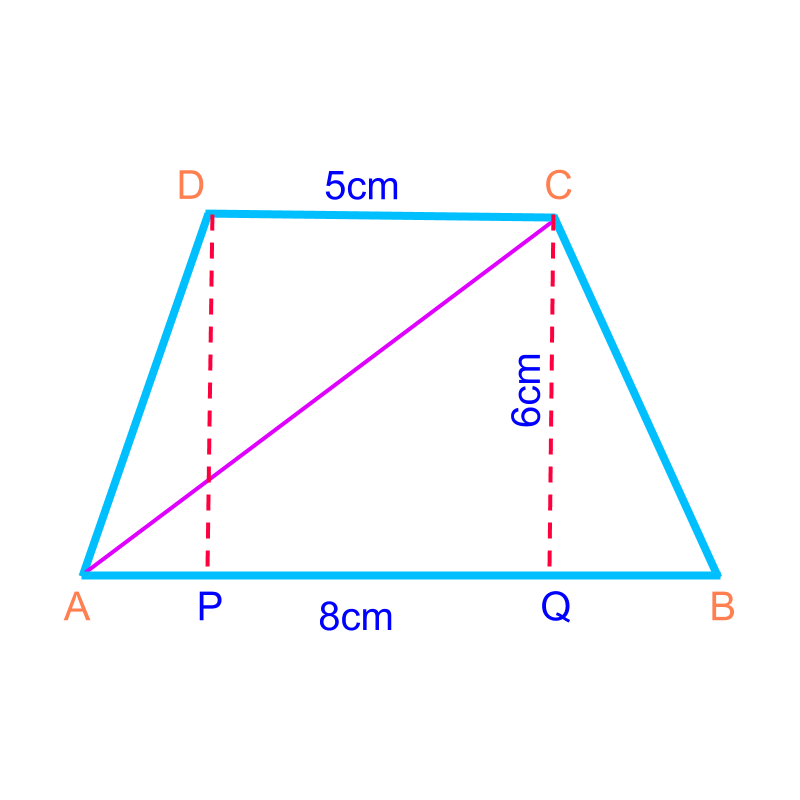

summary
This is covered in Mesuration-Basics in the following pages
→ Perimeter of Polygons
→ Area of Square & rectangle
→ Area of Triangle
→ Area of Polygons
→ Perimeter & Area of Quadrilaterals
Outline
The outline of material to learn Mensuration : Length, Area, and Volume is as follows.
Note 1: click here for the detailed overview of Mensuration High
Note 2: click here for basics of mensuration, which is essential to understand this.
• Basics of measurement
→ Summary of Measurement Basics
→ Measurement by superimposition
→ Measurement by calculation
→ Measurement by equivalence
→ Measurement by infinitesimal pieces
→ Cavalieri's Principle (2D)
→ Cavalieri's Principle (3D)
• Perimeter & Area of 2D shapes
→ Circumference of Circles
→ Area of Circles
• Surface area & Volume of 3D shapes
→ Prisms : Surface Area & Volume
→ Pyramids : Surface Area & Volume
→ Cone : Surface Area & Volume
→ Sphere : Surface Area & Volume
• Part Shapes
→ Understanding part Shapes
→ Circle : Sector and Segment
→ Frustum of a Cone